Sergei Stroitelev: “I am convinced that social photography can change people lives by raising awareness”
The Russian photographer has won the 20th International Prize for Humanitarian Photography Luis Valtueña, organized every year by Doctors of the World. The winning project shows how terminally ill children try to survive every day in a hospice in Saint Petersburg.
Sergei Stroitelev, born in Saint Petersburg (Russia), is the winner of the 20th International Prize for Humanitarian Photography Luis Valtueña, an award that is given every year by Doctors of the World (Médicos del Mundo). “The House of Light” is the project that Stroitelev presented, 10 pictures showing how terminally ill children try to survive every day in a hospice in Saint Petersburg. In total, 270 works were submitted from 45 different countries. The Children's Hospice in Saint Petersburg is unique in that because is the only Russian medical institution providing a full range of palliative care, including medical, psychological, social and spiritual support. Since 2006, 40 employees have served 200 families in total.
For two months, he visited the Children's hospice to document the lives of five children. Sergei Stroitelev is a freelance documentary photographer who works on a regular basis with National Geographic Russia, VICE UK/USA, and lenta.ru magazines, and for RIA Novosti, Kommersant Photos and Getty Images agencies as a stringer. In 2014-15 he spent 10 months in Nepal collaborating with various non-governmental structures and organizations such as the Nepalese Red Cross and the Nepal Leprosy Trust while undertaking projects covering human rights issues in the country, e.g. children with HIV, discrimination against those affected by leprosy, and human trafficking.
1. When did you start taking pictures concerning human rights?
I have been doing photography professionally for 5 years and from the very beginning I was particularly interested in this field. The thing is that I had some working experience in Human Rights Law. I stopped doing jurisprudence to have an opportunity to work in the field of human rights with my camera and not with papers, meaning as close to people as possible.
2. Which value has for you being awarded with the Luis Valtueña Prize?
This is a big honour for me and a great achievement. When I learnt about the fact that I had been awarded I reread the e-mail at least three times as I could not believe it. The most important thing -that it’s not just money- is that the grant must be developed and will result in a production of a big project together with Medicos del Mundo (Doctors of the World). I am really looking forward to start working on that.
3. How did you decide that you wanted to take pictures about the children hospital in San Petersburg?
I learnt about the hospice through my friends network, one of whom was volunteering there for about three weeks. He told me that this place was different from other hospices in Russia. Since I prefer checking the information by myself I decided to visit the place. During the first two days I was just watching the daily life at the hospice, the feeling between children and workers. I played with them and asked a lot of questions. I was really inspired by the place and I realised that my friend was right. The hospice reminded me a small palace, a house of light, where children were happy until the day they were gone. I decided to make a bright story with a lot of light. Many photographers document hospices in a quite dark manner. I felt the necessity to give it another direction.
4. Which aspect was the most complicated when taking pictures with those children?
When I went to the hospice I completely realized that all the children were terminally ill. I thought I was ready. But during the course of my work I felt sorry and sometimes I was emotionally devastated by the end of the day. I always try to be close with the characters of my stories, but after I talked to the parents of the children learning their unique and tragic life stories I could not be impartial anymore.
Another thing is that all the children had severe neurological diseases at a terminal stage so it is not possible to foresee what will happen the next second.
Finally the most complicated things began after I finished working. By now 4 out of 5 children I photographed died. My pictures were their last shots. I received sad news about each child from the workers of the hospice and every time I suffered. A lot of photographers are trying to build a kind of wall between characters and themselves with the help of their cameras, so that they don’t engage emotionally. I think that this approach is wrong. We are all people and we have to experience all kind of emotions. More than that I consider photography as an activity for emotionally strong people.
5. You have also covered other human right issues such as children with HIV, human trafficking, etc. After all this time, what have you learnt?
The most important thing I have learnt is that all the issues around the world appear due to a number of factors - the lack of education, finances, good health facilities, etc. It is important to make complex work which should include the activities of very different people -teachers, doctors, journalists, etc-. Only by working together it is possible to make changes.
6. In your opinion, what is the general situation of the "social photography" nowadays?
Since social issues will exist forever (unfortunately they are inevitable processes of modern societies) and since the social photography is the perfect mediator between people in need and donors, pictures which are documenting injustice, violations or protection of human rights will always be useful.
7. If you had to define what do you feel when you take a picture that describes an unfair situation, what would you say?
Well, it is a difficult question. Anger sometimes especially when I feel that I can not help or interfere. When I photograph people in difficult situation I feel compassion.
8. What is the main motivation for you when taking pictures?
I am convinced that good social photography can change the lives of particular people by raising the awareness about certain issues thus the main motivation is the improvement of the world. The second thing is the interest, curiosity and love for people. I love people and it is a pleasure for me to meet new interesting characters, to learn their unique stories, which I would never leart without my camera.
9. What is your next project/projects? Could we know a bit more about them?
Before going to Spain on the 23rd of January I would like to start a short story about a young woman, a very beautiful and smart one who adopted a 15-year-old child with several neurological diseases including autism and cerebral palsy. I admire her action and I don't know if I could do the same. Her life is completely dependent on that boy now, like 24/7, with no opportunities to have any personal relations or friends. The thing I want to explore is her motivation. In Spain I am going to discuss the big project I will make within the framework of the development of my grant. I think it will take around 3 months to finish it. I cannot say the topic now as I am still researching the activities of the organization and potential destinations.


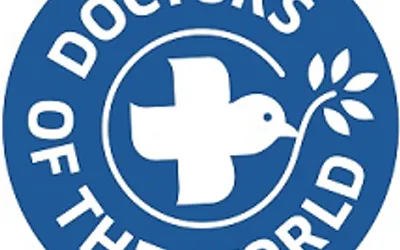
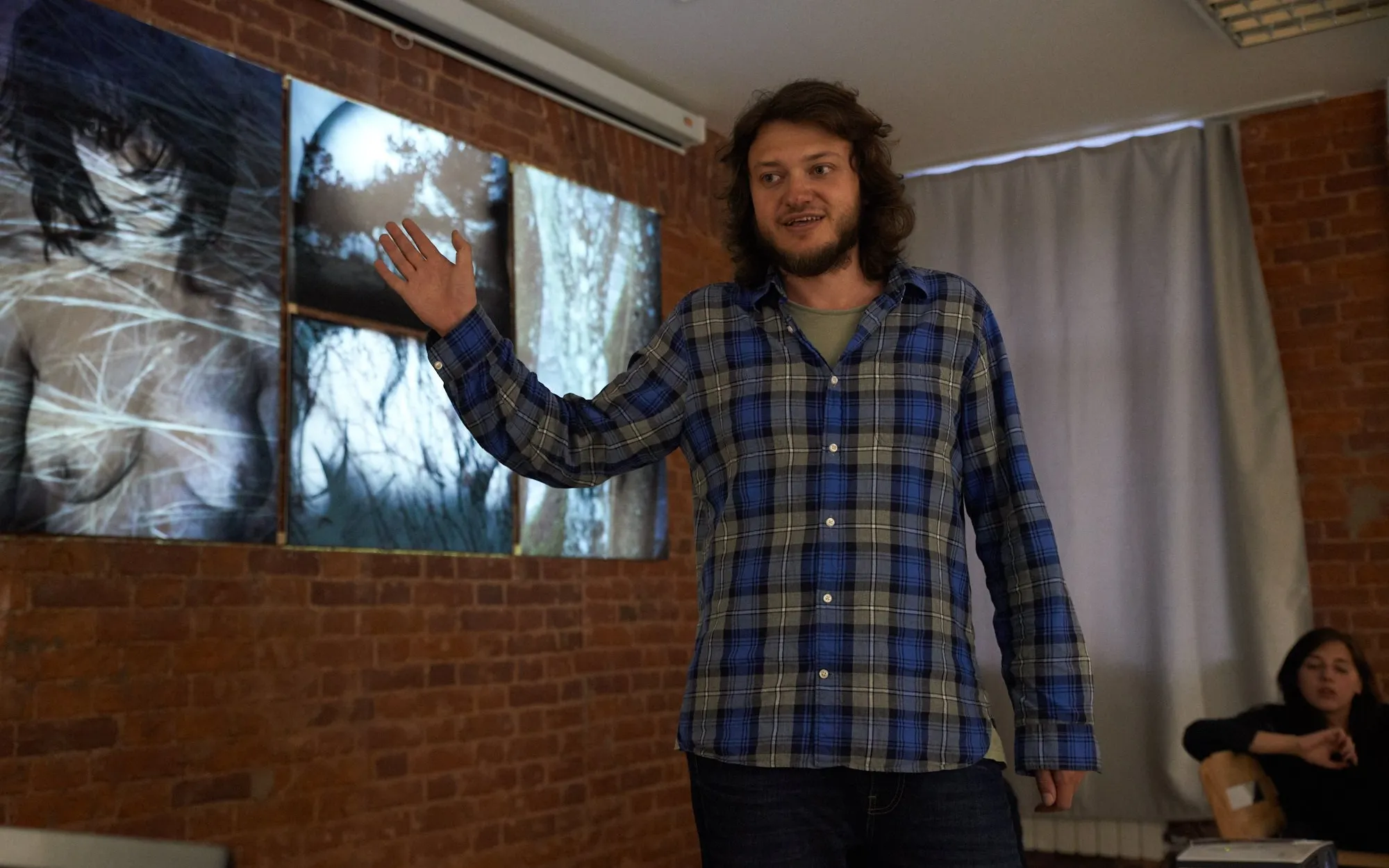
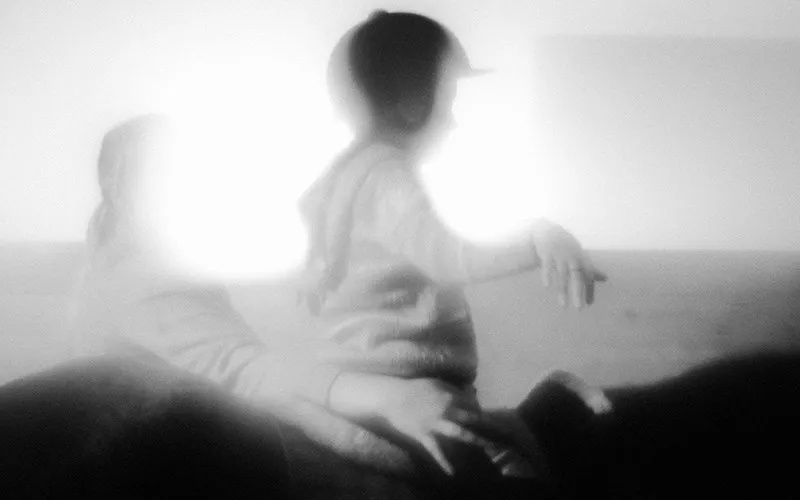
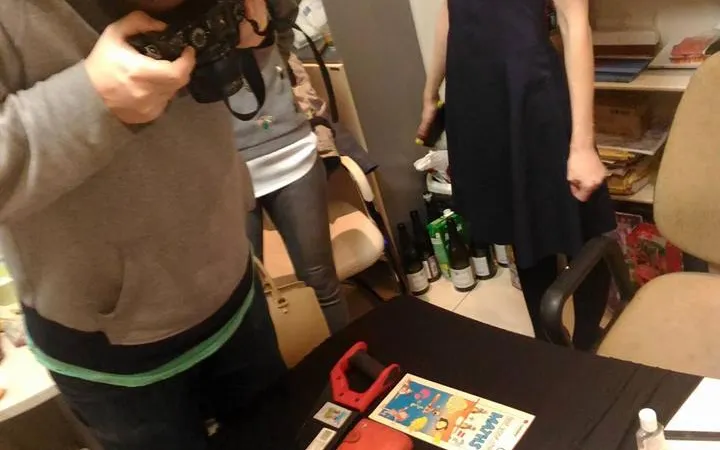
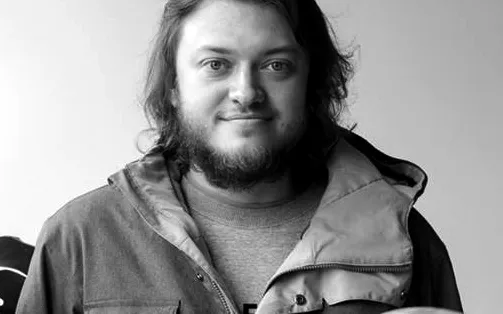


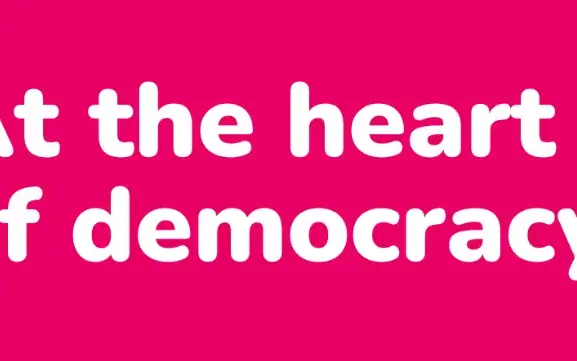

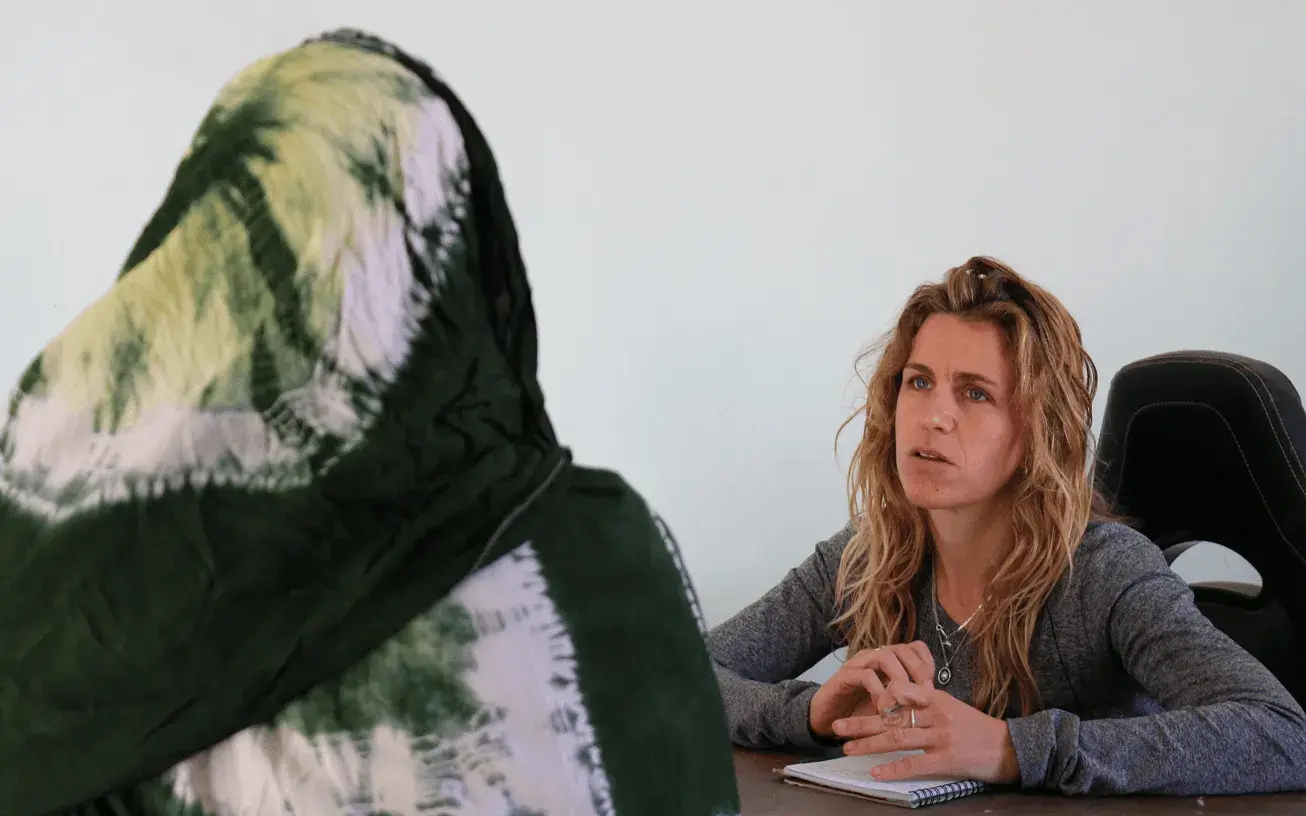
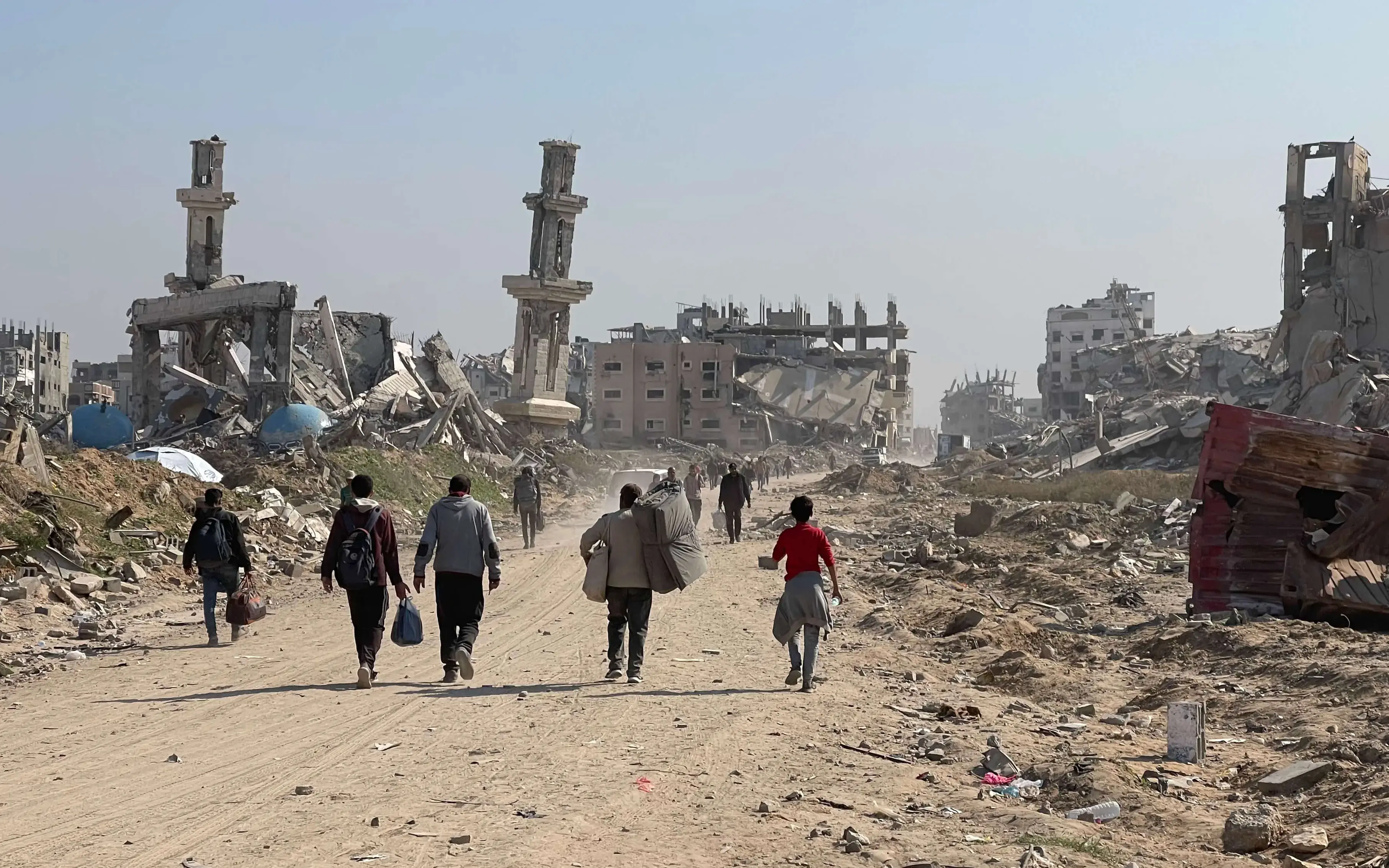
Add new comment